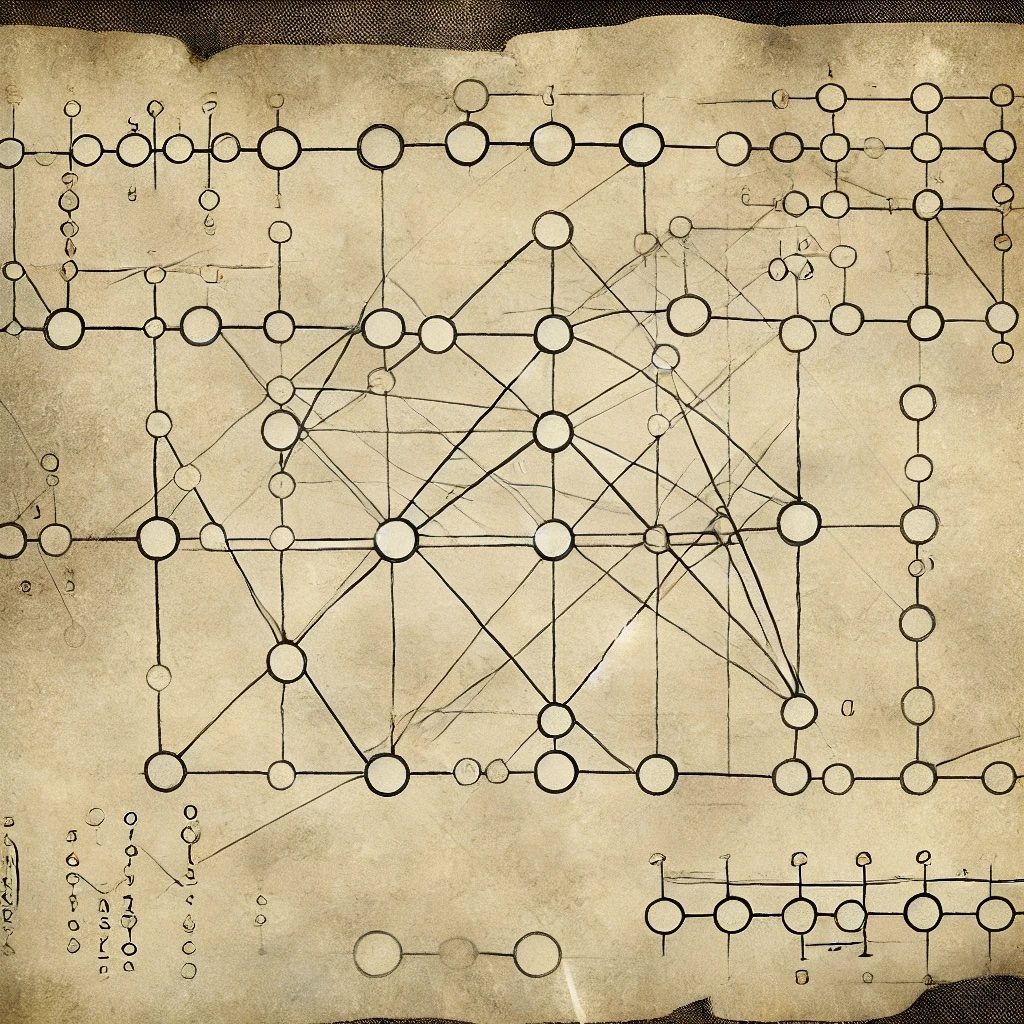A stochastic process is a submartingale with respect to a filtration if
If is swapped with then we have a supermartingale. Like supermartingales, submartingales obey various maximal inequalities. They obey Doob’s maximal inequality, a finite-horizon maximal inequality.
Nonnegative reverse submartingales also obey the time-reverse Ville’s inequality. A reverse submartingale is a submartingale adapted to a reverse filtration. A reverse filtration is a sequence of σ-algebras such that . That is, a reverse filtration represents decreasing information with time.
An example of a reverse martingale is the empirical mean adapted to the canonical reverse filtration . When thinking about reverse martingales, it’s easiest to think about time flowing backwards, i.e., information being revealed first at time , then at time , and so on. hus, reverse submartingales are increasing in expectation in reversetime and, if one were to plot the expected values such a process would resemble a supermartingale in forward time.
Like supermartingales, submartingales obey versions of the optional stopping theorem and the martingale convergence theorem.
